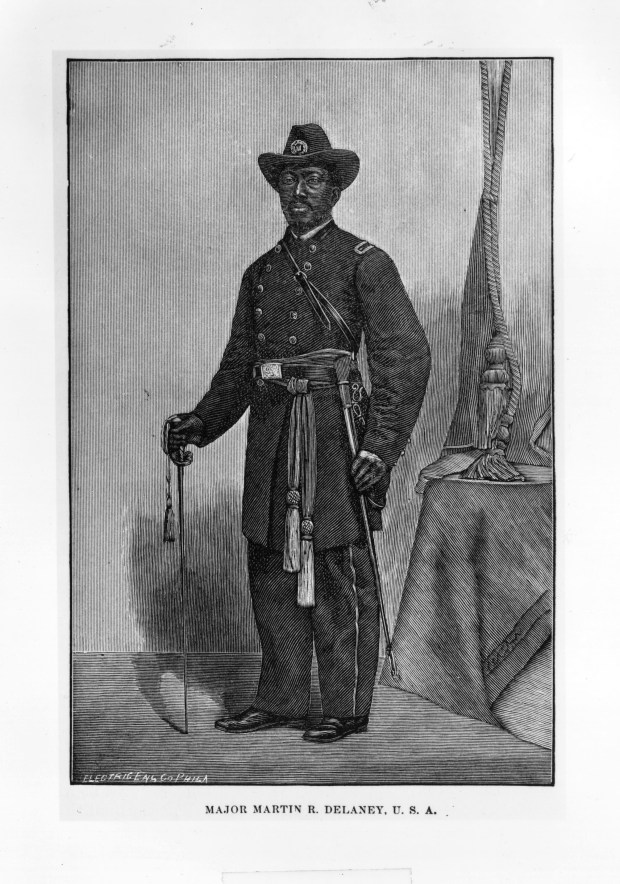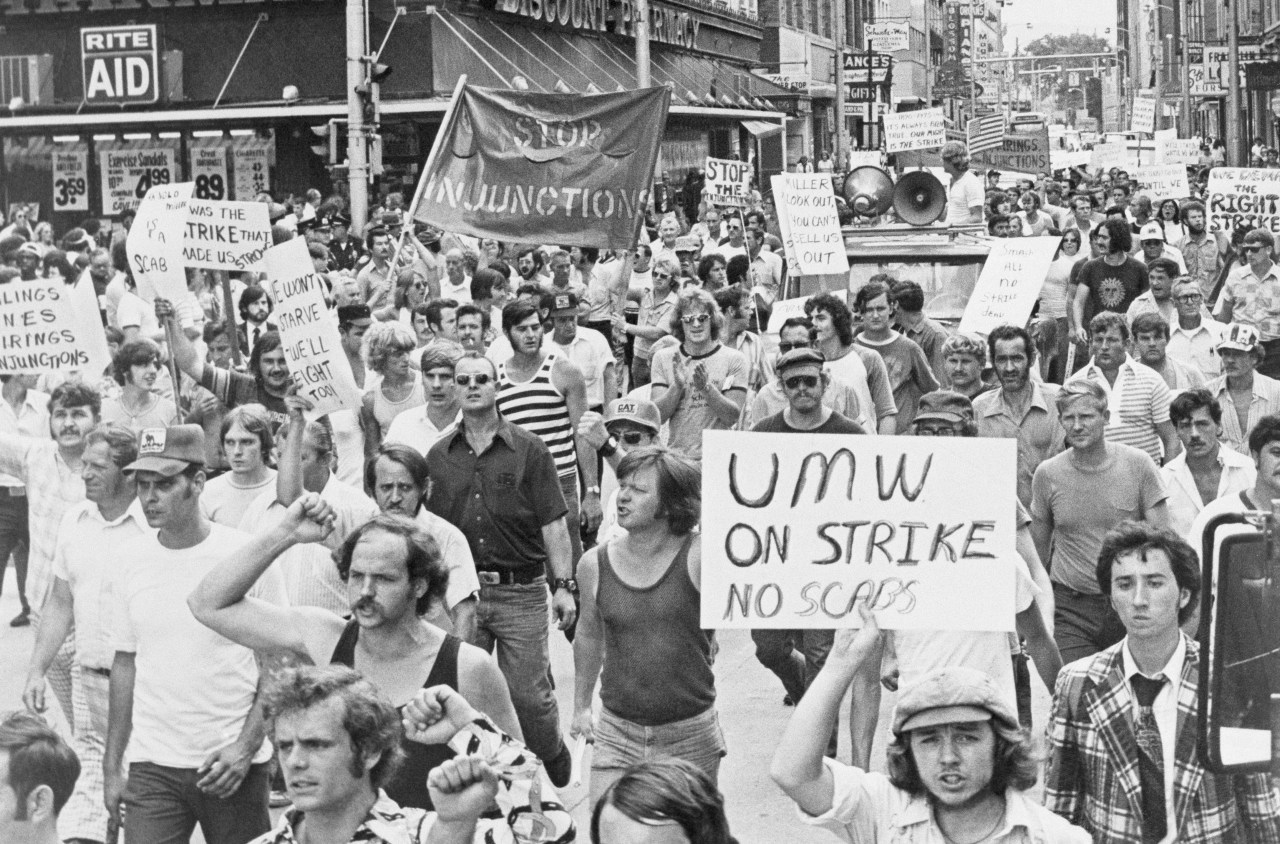For eighth-graders in West Virginia, the Golden Horseshoe test is a rite of passage. Administered by the state’s Department of Education, it’s a training ground to help them learn about their state—its geography, history, and current events—and prove their dedication to understanding this place.
I began my training at 13. Sitting at our kitchen table, I watched my mom move from the stove to the list of questions and back to the stove, trying her best to quiz me while making dinner.
“What’s the largest county in land mass?” she asked.
“Randolph.”
“How many ski areas does West Virginia have?”
“Four.”
Since 1931, the Golden Horseshoe has challenged West Virginia students from the tip of the northern panhandle in Weirton to the southernmost county of McDowell. It’s the longest-running program of its kind in the U.S., according to the West Virginia Department of Education. To this day, winners are held in high esteem. Most earn writeups in their local newspaper. Some students start studying years in advance, driven to win because one of their parents won and a grandparent before that. If you are named a winner—an honor given to at least two students from each county with the highest scores—you are invited to a knighting ceremony in Charleston, the state capital, to become a knight or lady of the Golden Horseshoe.
It’s such a well-known honor that I’ve seen it included on resumes and in professional bios. It has come up in conversation on multiple dates. And, I admit, it was a huge blow to my straight-A, studious self when I didn’t win.
But what I gained from all that time spent in a wooden chair in my mom’s kitchen was a deeper appreciation for a state born out of the Civil War—the only example of secession in U.S. history—and pride for a place that stood against its eastern statesmen who joined the Confederacy.
West Virginians commonly relate the state’s origins to one main issue: slavery. You can guess which side we’ll pridefully tell you we were on—but that doesn’t mean it’s entirely true.
Abolitionist past? Not really
“West Virginians like to think, ‘Oh, well, we were anti-slavery, so we broke off from Virginia,’” said Ken Fones-Wolf, a history professor at West Virginia University. “That’s oversimpliflying a much more complex reality.”
Before the Civil War, separatist motivations had been brewing for decades in northwestern Virginia, where the people felt neglected, underrepresented and overtaxed by the Richmond government.
For starters, the apportionment of power in the Virginia legislature included voters’ slave populations, which meant wealthy plantation owners in the east gained more representatives than industrial immigrants in the west. In the early 19th century, industries like iron that took off along the Ohio River in places like Wheeling were taxed more heavily than owning slaves, which, according to Fones-Wolf, was sometimes not taxed at all. And for the taxes they paid, westerners saw fewer returns in new roads and other infrastructure improvements.
“People in the west were not particularly anti-slavery, but slavery was seen as one of those ways in which they were dominated by the eastern part of the state,” he said.

Virginia had approximately half a million slaves before the Civil War. About 4 percent of them were in what is now West Virginia, according to Joe Geiger, the director of the West Virginia Archives and History in Charleston. Those 20,000 or so slaves were in places like the Kanawha Valley, where slavery was central to the salt industry. Because of geographic differences—eastern Virginia had rolling pastures and an amenable climate, while western Virginia had rugged terrain and steep mountains—western Virginia couldn’t support a plantation-based economy like the east.
But just because most western Virginians did not own slaves didn’t mean they morally opposed the practice.
“A lot of folks who fought for the Union were just as racist as those who fought for the South,” Geiger said.
In fact, West Virginia would become the last slave state to enter the Union. The Willey Amendment to West Virginia’s constitution called for the gradual, not immediate, emancipation of slaves, and that was done mainly, Geiger said, to help the West Virginia statehood bill get through Congress.
Abraham Lincoln’s Cabinet was split on the matter, questioning its constitutionality. The president, too, was distressed. Questioning its nature, he said, “A measure made expedient by a war is no precedent for times of peace.”
But Lincoln felt his job was to defend the Constitution, and he thought the Union couldn’t afford to lose the support of West Virginians. He signed the statehood bill on Dec. 31, 1862. West Virginia became the 35th state in the Union on June 20, 1863.
Democratic stronghold turned Trump country
Nothing was clean about West Virginia’s split from Virginia. Residents in the southern and easternmost counties felt more closely aligned to the South. Many left to join the Confederacy, and others who remained in the state used their unique position in Unionist territory to lead guerilla-like ambushes on federal troops. The northwestern half of the state, especially the industrial hubs along the Ohio River, felt more closely aligned with states like Ohio, Pennsylvania and Maryland.
“You can see traces of it even today,” Fones-Wolf said. “The southern part of the state still has a much closer identification with the South, and that continued long after the Civil War.”
Depending on the map, West Virginia has been lumped into every region—North, South, Mid-Atlantic. It’s too far east to be the Midwest. It’s too far west to be the East Coast.
Politically, West Virginia’s government had been a Democratic stronghold since Franklin Roosevelt. It has a long, rich labor movement history, from miners striking against coal bosses during the mine wars of the early 1900s to teachers walking out of classrooms earlier this year. But since the 2016 presidential election, West Virginia is synonymous with Trump country. Nearly 68 percent of its voters chose Republican Donald Trump, according to The New York Times.

One region West Virginia does fit squarely into is Appalachia. The region consists of pieces of 13 states, with West Virginia the only state that is entirely in Appalachia.
“West Virginia is so connected to Appalachian identity and sort of absorbs everything that’s good and bad about this identity,” said historian Elizabeth Catte. It has become synonymous with Trump country, with coal country, with the poor white working class.
But those oversimplified narratives leave out the large groups of African-Americans who moved from the Deep South to work in West Virginia’s coal mines and the Welsh and German immigrants who fueled our steel mills.
“The region is much more diverse, much more complicated than people like to believe,” Fones-Wolf said.
‘To the place I belong’
I thought all the time I spent flipping through flashcards and memorizing county seats was preparing me for a test. I was hopeful the Golden Horseshoe would be a merit next to my name, a new honor. But now I realize it helped shape something much deeper in me: a sense of pride in and connection to this place. I see it in my peers and in my parents’ generation. I hear it in the thousands of people who exit West Virginia University’s Milan Puskar Stadium belting John Denver’s “Take Me Home, Country Roads,” regardless of whether the Mountaineers won or lost. It’s the kind of connection that has made me chase down a stranger in a Florida parking lot because I was homesick and saw a West Virginia sticker on his truck.
“West Virginia is one of those places that is blessed with a deep sense of place,” said Ken Sullivan, the executive director of the West Virginia Humanities Council.
Maybe West Virginia’s unique, wartime birth has something to do with it. Maybe it’s the oversimplified notion of our abolitionist past. Maybe the makers of the Golden Horseshoe deserve some credit.
Regardless, there’s enough pride in this little state to make up for anything lacking in greater regional identity.
And maybe that’s enough.